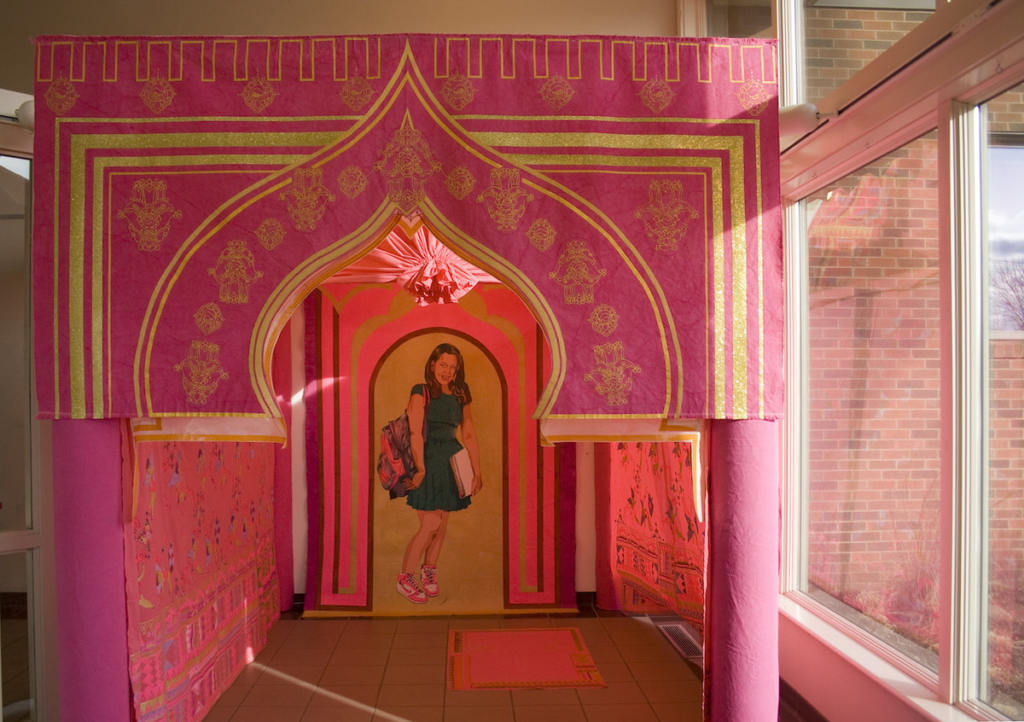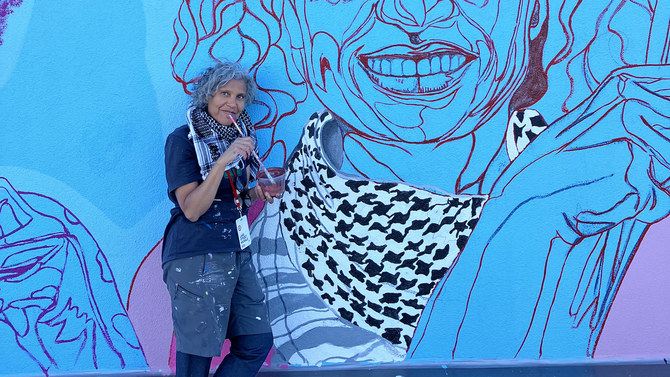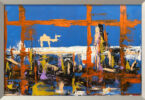Rawaa Talass
DUBAI: Saudi doctor-turned-artist Hend Al-Mansour is the eldest of 12 children. Initially, she did not seem destined to make a career in the arts, instead becoming a doctor. But, she says, “I was born with an inclination towards art.”
She remembers being three years old and watching her mom drawing. “I think my mother was the first one who introduced me to art,” she tells Arab News. “I just continued doing it all my life, even when I was studying medicine. My textbooks were full of drawings.”

Al-Mansour traveled to Cairo to study medicine when she was just 16, later returning to Saudi Arabia, where she worked as a general practitioner.
“Both my parents wanted to educate all their daughters,” says Al-Mansour. “They had this idea of educating girls and (that women should have) their own voices. I got that sense of gender equality from my parents.”

In 1997, aged 40, Al-Mansour accepted a fellowship at the Mayo Clinic in America, where she has lived ever since. She is based in St. Paul, Minnesota and last year designed a large, vibrant mural there, in memory of George Floyd, who was killed by a police officer in Minneapolis in May 2020. Entitled “Faces of Minneapolis,” the theme of the mural was healing. Al-Mansour drew five women of different ethnicities and professions — from an artist to a doctor. They sit within a border decorated with Islamic patterns and the charming flowers of Minnesota.
The portrayal of women is at the heart of Al-Mansour’s practice, which includes painting, printing, and digital art. “I don’t want to portray women as victims,” she says. “I want to give them their place and voice, especially if I’m talking about historical women.”
She has previously created intimate chamber-like installations with openings shaped like a mihrab, in which the viewer comes face-to-face with a depicted female. “By having people entering this private space, they are close to these women,” says Al-Mansour. “They know how she feels. She’s human, equal to a man.”
Courtesy: arabnews







